Spring rose maintenance | "Fertilization" should be "just right", if you want to bloom, do this
Many flower lovers don’t understand when to apply fertilizer. Some try to do it at the last minute, while others give it a try and rest. In the end, whether the roses grow well or not depends entirely on the roses themselves, and they will be depressed and wonder why the roses don’t bloom or grow big.
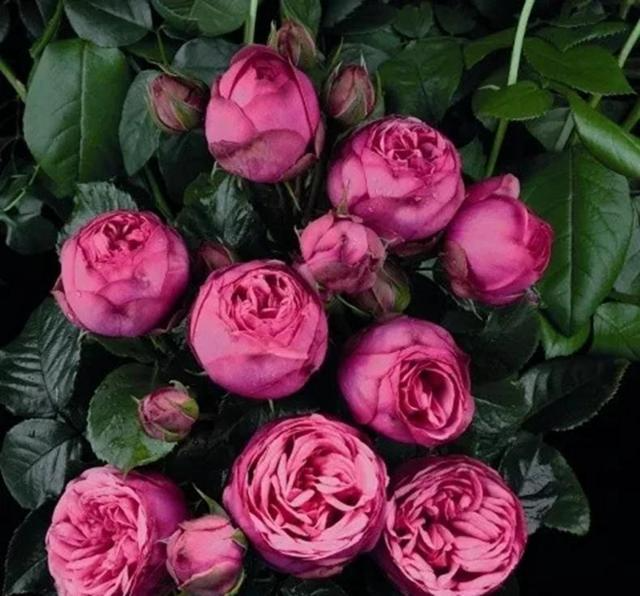
【Harm of Fertilizer Lack】
1. Insufficient fertilizer and malnutrition
a. The buds disappear , or the flowers are deformed or very small, resulting in irregular flowering or less flowering.
b. Symptoms include slow growth, weak branches, and too many blind buds.
2. Lack of trace elements such as magnesium and iron causes yellow leaves .
3. Excessive fertilizer application can easily burn the roots and cause the young shoots to wilt .
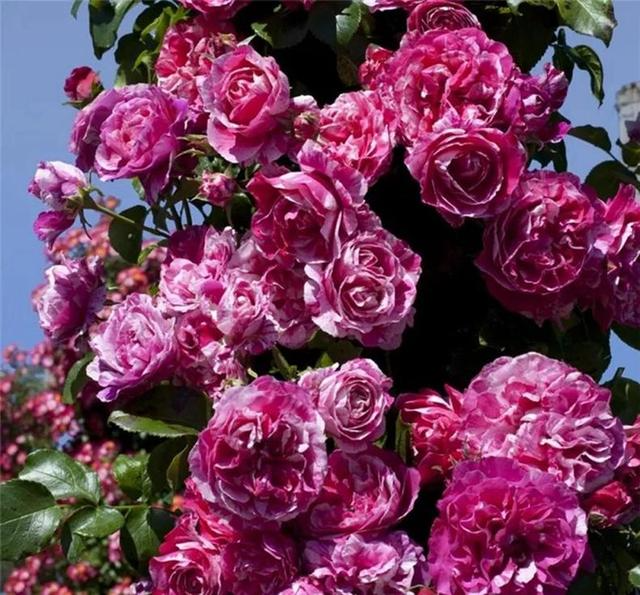
What fertilizer to apply?
Principles of fertilization, what are the main elements needed for the growth of roses.
Large number of elements
1: Nitrogen fertilizer - Simply put, nitrogen fertilizer can make your rose grow taller , so the main purpose of nitrogen fertilizer is to make the rose grow upward.
2: Phosphorus fertilizer - The main function of phosphorus fertilizer is to increase crop yield, improve crop quality, accelerate cereal production, and promote grain fullness. For roses, to put it simply, it promotes flowering .
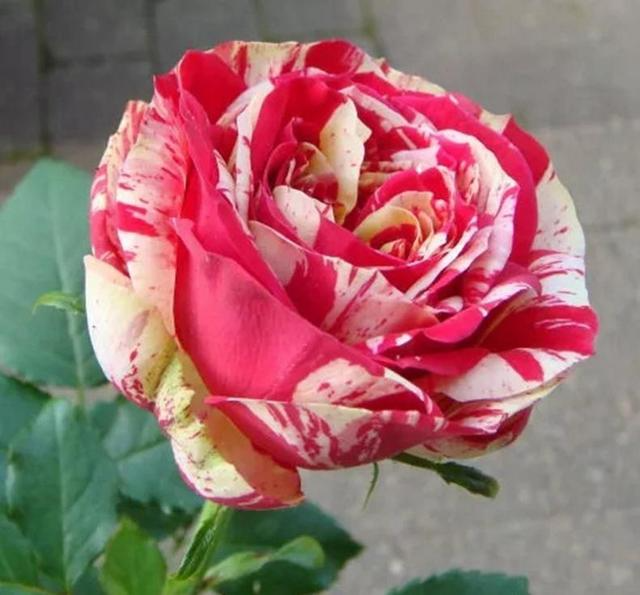
3: Potassium fertilizer - Potassium fertilizer can enhance the disease resistance, cold resistance, drought resistance, lodging resistance and salt resistance of crops. For roses, simply put, it makes roses grow stronger .
The above are the major elements needed by roses, nitrogen, phosphorus and potassium . This is why these three elements are always present in the compound fertilizers and water-soluble fertilizers we buy.
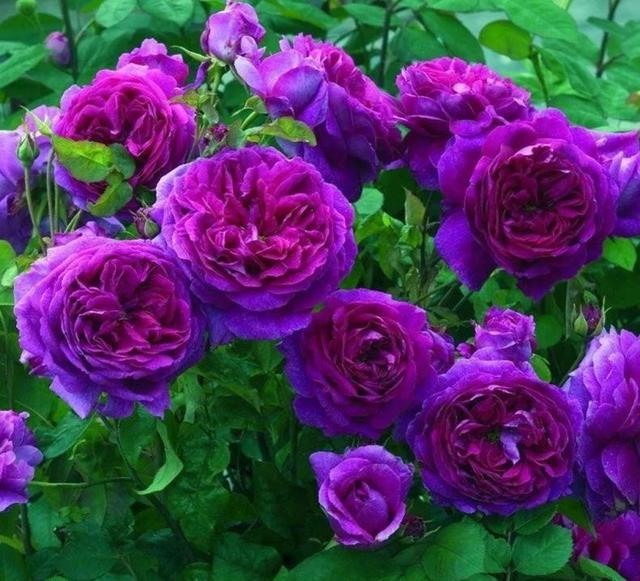
Trace Elements
Trace elements mainly include calcium, iron, magnesium, zinc, copper, etc. Among them, we are most familiar with calcium and magnesium. For roses, the lack of trace elements also has a great impact. For example, if calcium is deficient, roses will be like rickets and cannot stand up. If magnesium is deficient, the synthesis of chlorophyll will be reduced. The most direct sensory feeling is that the leaves lose their green color and the veins are clear.
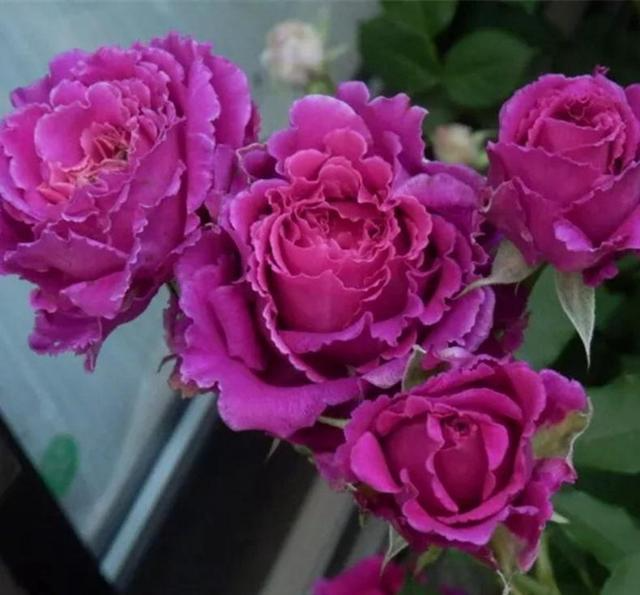
PS:
Many flower lovers know about compound fertilizers, Huaduoduo, potassium dihydrogen phosphate, and various self-fermented fertilizers, but they don’t know that these fertilizers basically contain no trace elements.
Both "Fuwei" and "Quanneng Youjia" are foliar fertilizers with very comprehensive trace elements, but it seems that everyone says that they cannot be found on Taobao. Now there are still many trace element fertilizers on Taobao, as long as they contain calcium, magnesium and iron, they are suitable.
Both trace elements and macro-elements are indispensable conditions for the growth of roses. When applying fertilizers, you must not be biased. The consequence of bias is definitely losing the watermelon while gaining sesame seeds. If you take good care of it, it will naturally bloom.
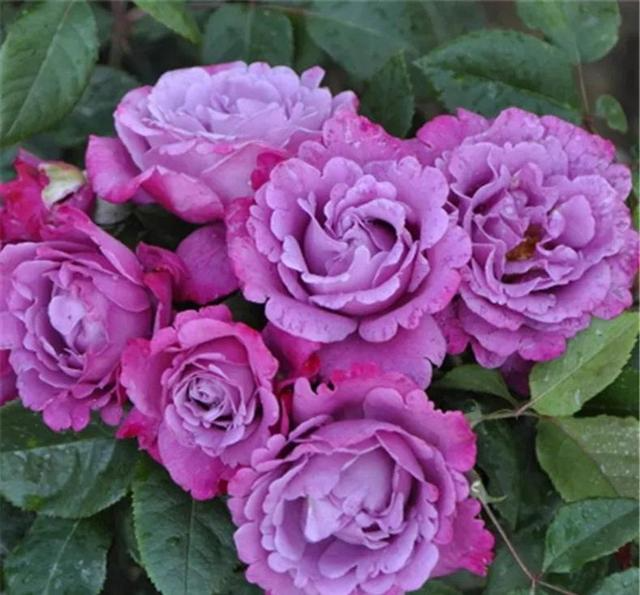
【Fertilization, timing and quantity】
One of the goals of modern rose cultivation is to produce more and more beautiful flowers. To achieve this goal, a large amount of fertilizer is needed. This is why roses are nicknamed "fat baskets."
Compared with watering and treating diseases, fertilizing is a relatively easy and indispensable thing. Especially during the period of rose germination and budding, which consumes a lot of energy, it is necessary to fertilize regularly and quantitatively, and not to miss any time. During the rapid growth period, fertilization should be sufficient, not too much or too little, just right.
Remember! Don't apply excessive fertilizers just because you are in a hurry. Excessive fertilizer application will cause fertilizer damage, which is a good intention but a bad result.

timing
When fertilizing roses, you must make a rough plan and fertilize according to the growth cycle of roses and the requirements of different brands of fertilizers, so that roses can obtain nutrients continuously and safely .
Quantification
As long as you fertilize on time, you don't need to worry about giving more this time and less next time. With a long-term plan, no matter which growth cycle the rose is in , you only need to fertilize it in a fixed amount.
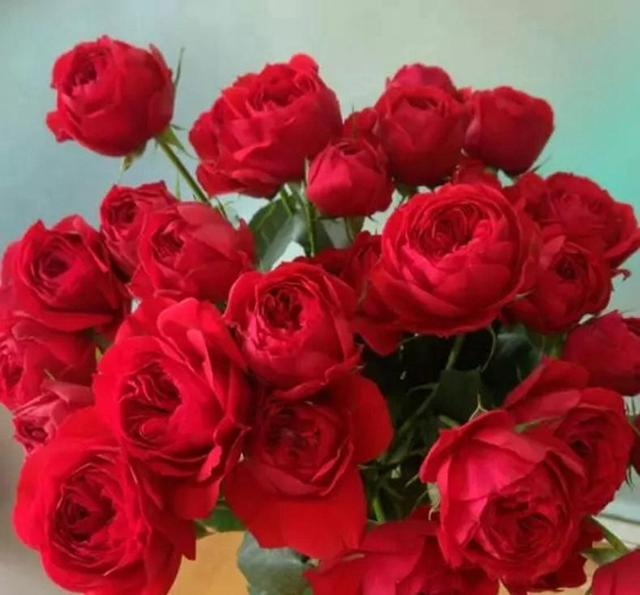
Knock on the blackboard and highlight the key points
Rose fertilizer: nitrogen, phosphorus, potassium + trace elements, regular and quantitative, nothing is missed.
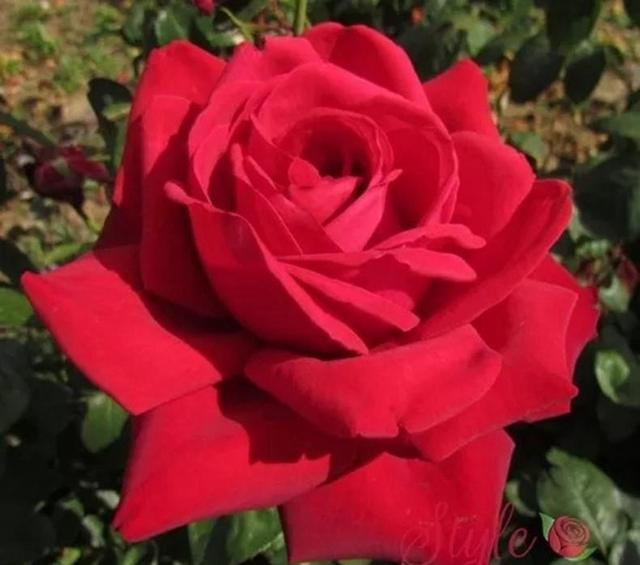
【Fertilization, operation method】
Potted seedlings (ground planted seedlings)
1: Add macro-element fertilizer and water-soluble fertilizer to water and water at the same time (if watering is not necessary at this time, it can be postponed for about 2 days).
PS: Water-soluble fertilizers are relatively safe fertilizers. The most common ones on the market are Huaduoduo and Bidada. It is recommended that you choose balanced fertilizers, Huaduoduo No. 1 and Bidada 20-20-20.
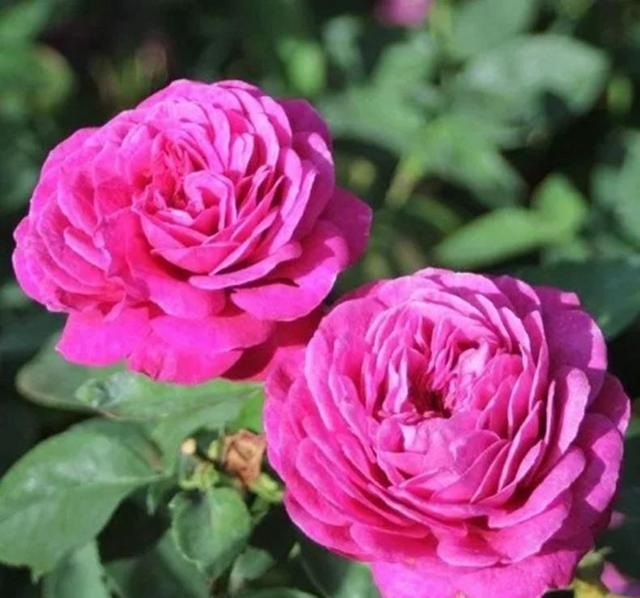
2: Trace element fertilizer - supplement the leaves once every ten days or so. Since potted seedlings mostly use nutrient soil, coconut bricks, peat, etc., which are relatively lacking in trace elements, regular supplementation of trace elements is beneficial to the better growth of roses.
PS: Trace element fertilizers can be mixed with medicines and sprayed together. Just spray the mixed medicines together once every 7-10 days. It is recommended that you choose more comprehensive trace elements, such as "Fuwei", "Quanneng Youjia", etc. Some trace element fertilizers do not contain magnesium or calcium.
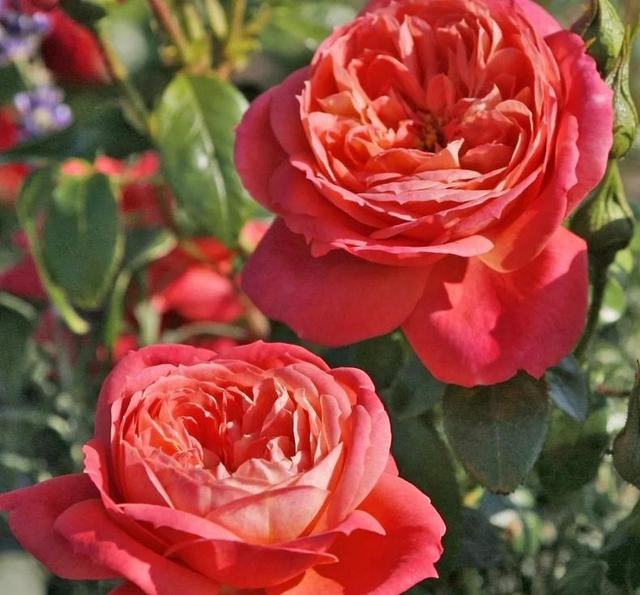
Ground planting potted seedlings
1: Macronutrient fertilizer - For potted and ground-planted seedlings, compound fertilizer can be used to supplement macronutrients because the root system of the seedlings is well developed. This is economical and avoids the embarrassment of not being able to water and dissolve fertilizers on schedule due to long-term wet soil in the pots on rainy days. Use a well-known brand of balanced compound fertilizer, such as Western, Stanley, etc.
The 18:18:18 or 20:20:20 marked on our common packaging bags are balanced fertilizers. Now there is potassium sulfate compound fertilizer, the effect will be better.
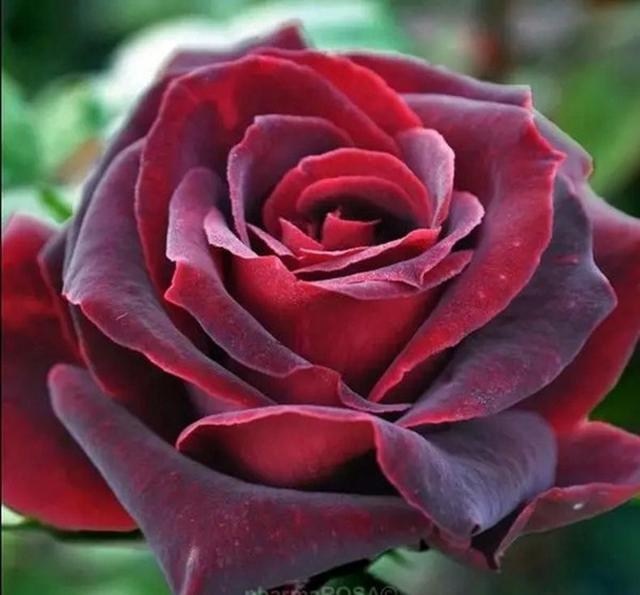
PS: According to the energy efficiency and labels of different fertilizer brands, fertilize once every 20 days or so, dig shallowly and bury shallowly about 15 cm away from the roots. For ground planting, start with a handful depending on the strength of the seedlings, and for potted seedlings, start with a small handful depending on the size of the pot.
2: Trace element fertilizer - The method of supplementing trace element fertilizer is exactly the same as that of the above-mentioned potted seedlings. If you really don’t have time, ground-planted seedlings can reduce the number of times trace element fertilizer is supplemented, because generally speaking, the soil contains abundant trace elements and can be accumulated again naturally.
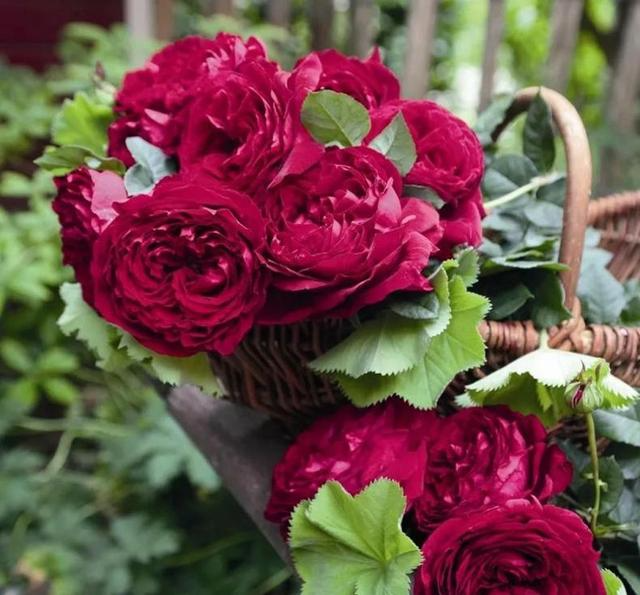
Summarize
1. Mix water with water-soluble fertilizer once a week, and spray with trace element fertilizer mixed with medicine once every 10 days or so. If it is rainy for a long time, no watering is needed, and compound fertilizer can be buried shallowly.
2. For ground-planted and potted seedlings, you can give a balanced compound fertilizer every 20 days to supplement the macroelements, and the supplementation of trace elements is the same as above.
As long as you do any of these, your rose will basically no longer lack fertilizer.